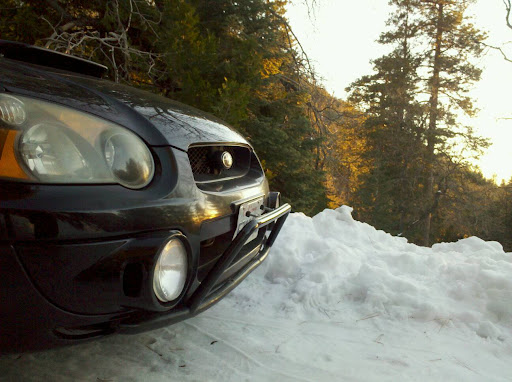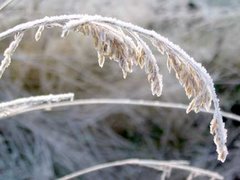 It was sunny and warm this morning, and the birds and flowers were out! I was taking pictures of one of the cranesbill geraniums, when I spotted this spider hatch. There were lots and lots of the teeny tiny critters everywhere, just about the size of a pin head. They're fun to watch - not so much fun to walk into! And it rained all afternoon, leaving me to ponder where they might go.
It was sunny and warm this morning, and the birds and flowers were out! I was taking pictures of one of the cranesbill geraniums, when I spotted this spider hatch. There were lots and lots of the teeny tiny critters everywhere, just about the size of a pin head. They're fun to watch - not so much fun to walk into! And it rained all afternoon, leaving me to ponder where they might go. This barn swallow was out enjoying the sun, too, perched on top of one of the arches. It is one of those nesting in the shop, and carried on an extensive and quite loud one-sided conversation with me. It did allow me to get pretty close before it headed back to the nest.
This barn swallow was out enjoying the sun, too, perched on top of one of the arches. It is one of those nesting in the shop, and carried on an extensive and quite loud one-sided conversation with me. It did allow me to get pretty close before it headed back to the nest. By the time we got back to our truck, it was so dark we couldn't see the lines painted on the road. We finally got back to town, and ended up stuck there for 2 days before they opened the roads for traffic.
By the time we got back to our truck, it was so dark we couldn't see the lines painted on the road. We finally got back to town, and ended up stuck there for 2 days before they opened the roads for traffic.MOUNT ST. HELENS UPDATE
Current Volcanic- Alert Level WATCH ; Aviation Color Code ORANGE : Growth of the new lava dome inside the crater of Mount St. Helens continues, accompanied by low rates of seismicity, low emissions of steam and volcanic gases, and minor production of ash. During such eruptions, changes in the level of activity can occur over days to months. The eruption could intensify suddenly or with little warning and produce explosions that cause hazardous conditions within several miles of the crater and farther downwind. Small lahars could suddenly descend the Toutle River if triggered by heavy rain or by interaction of hot rocks with snow and ice. These lahars pose a negligible hazard below the Sediment Retention Structure (SRS) but could pose a hazard along the river channel upstream.
Potential ash hazards: Wind forecasts from the National Oceanic and Atmospheric Administration (NOAA), coupled with eruption models, show that any ash clouds rising above the crater rim today would drift northeastward.
Potential ash hazards to aviation: Under current eruptive conditions, small, short-lived explosions may produce ash clouds that exceed 30,000 feet in altitude. Ash from such events can travel 100 miles or more downwind.
Recent observations: The 27th anniversary of the 1980 eruption finds clear views into the crater from Johnston Ridge Observatory. The mountain continues to rebuild itself with steady growth of the lava dome accompanied by occasional micro earthquakes and rockfalls.



